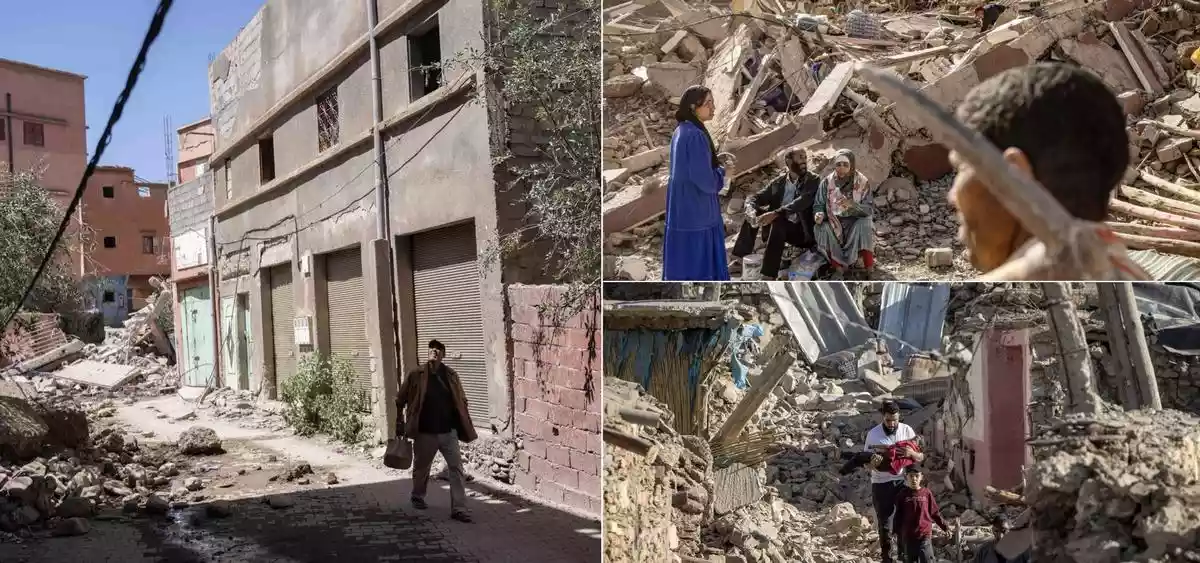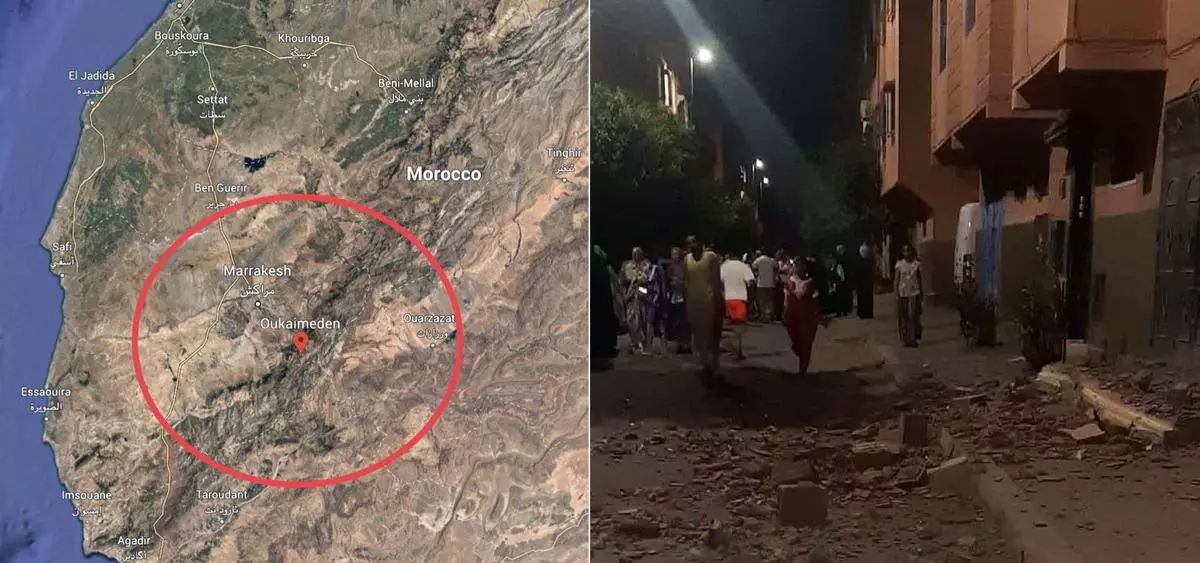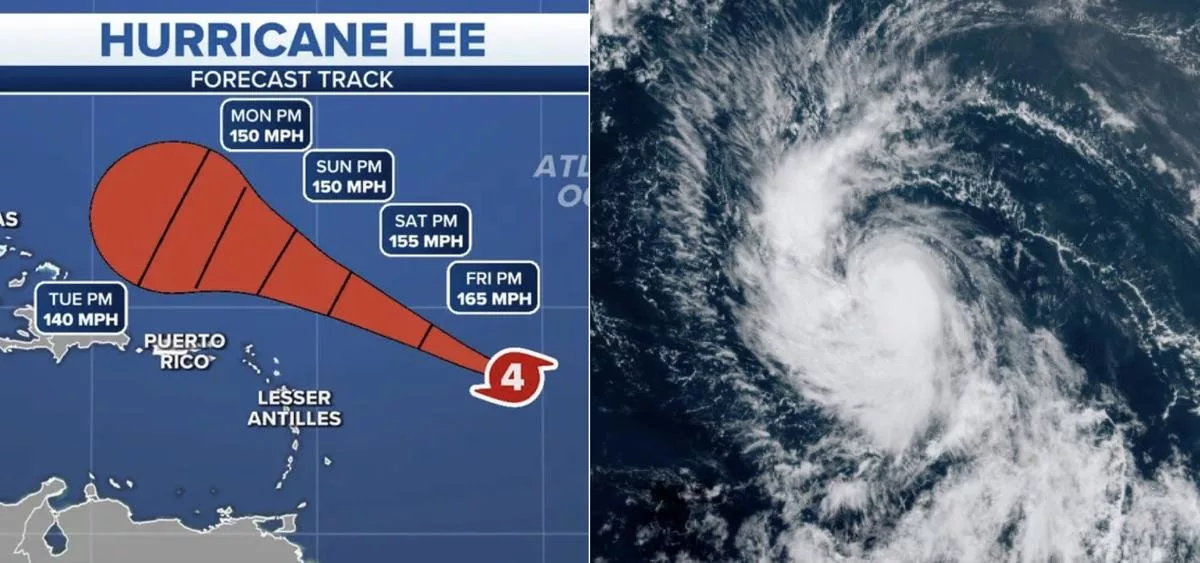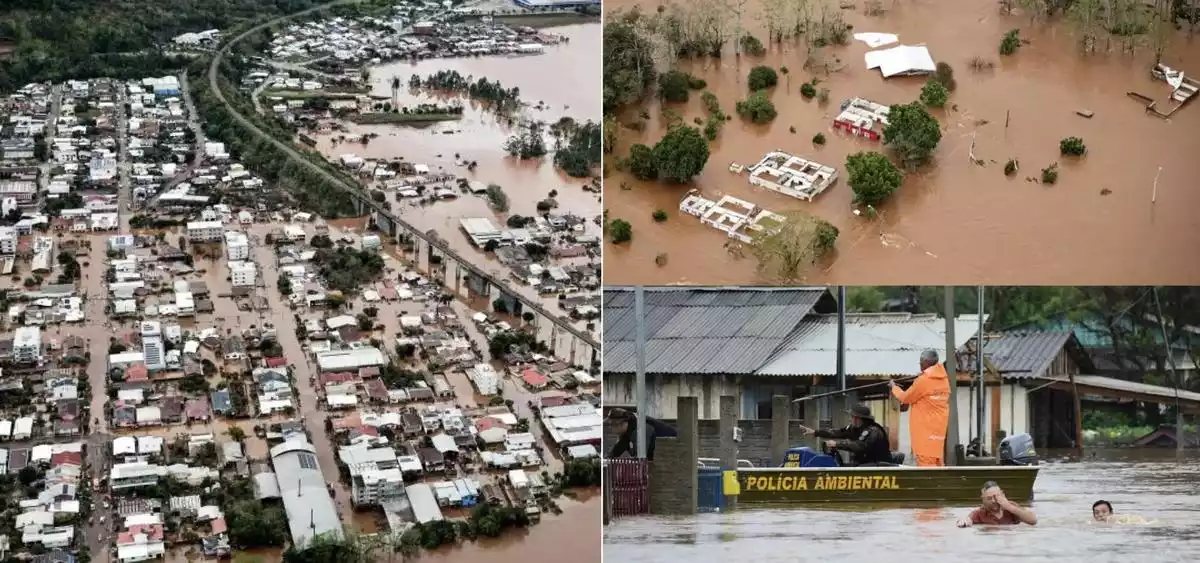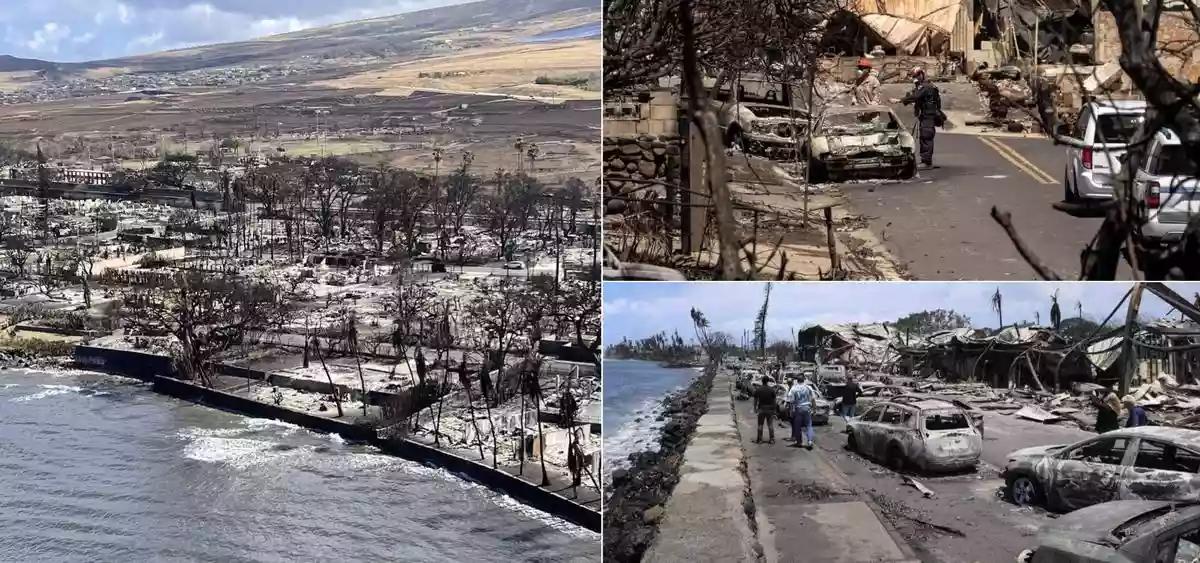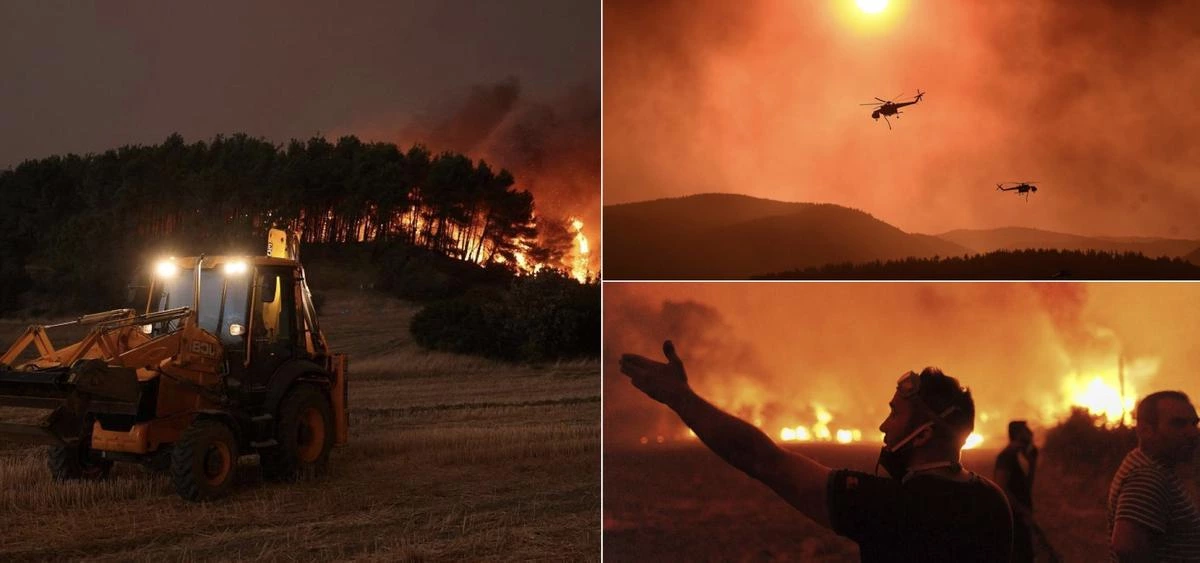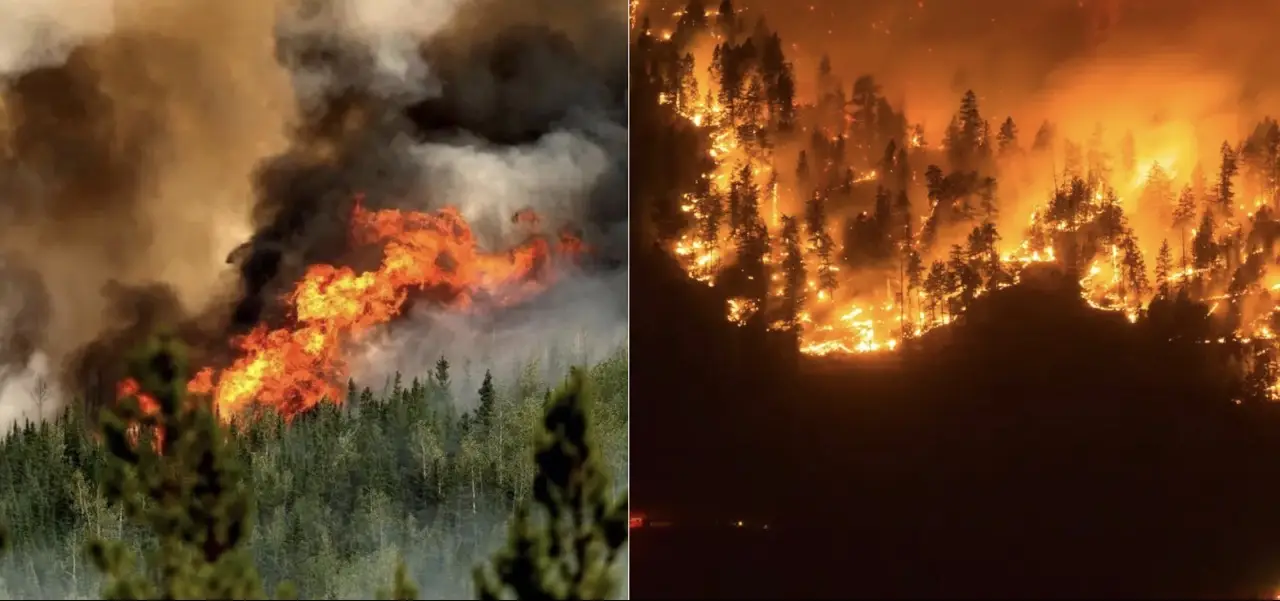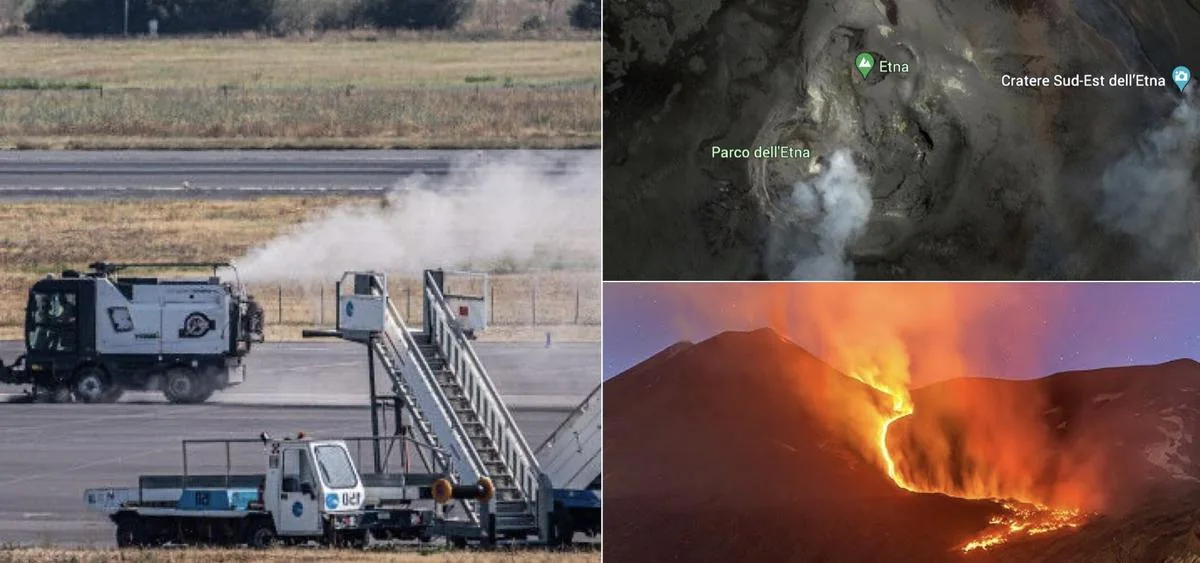Residents in eastern Victoria were rattled by a strong earthquake registering 4.6 on the Richter scale. The tremor struck near Rawson in the early morning hours, and thousands of people reported feeling the shaking, including those in Melbourne.
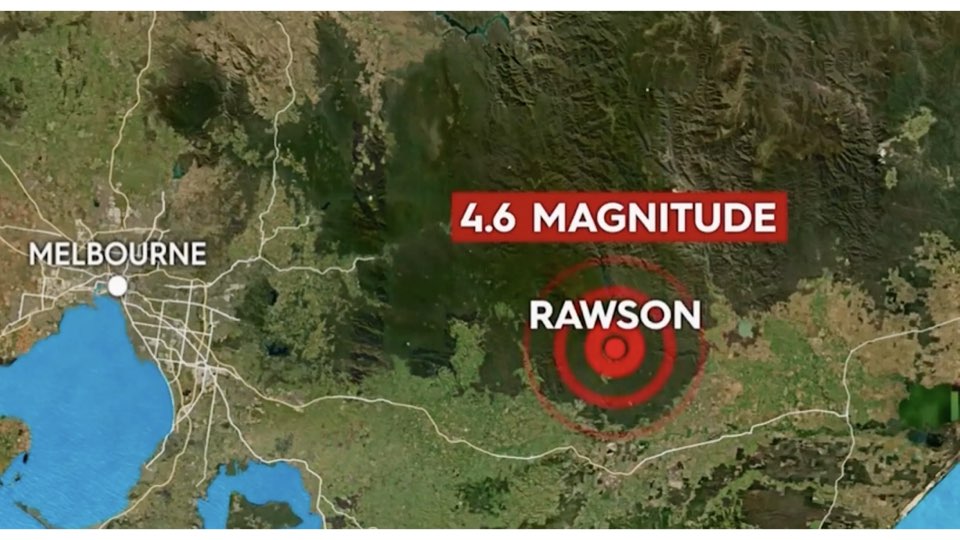
Image Credit: Twitter
In the early hours of Friday morning, a significant earthquake with a magnitude of 4.6 struck parts of regional Victoria, causing widespread shaking and concern among residents. The quake, centered near Rawson, a small town approximately 150 kilometers east of Melbourne, was felt by thousands of people across the affected area.
Believe it or not, this morning's 4.6 earthquake is part of an 'aftershock sequence' following the 5.9 in Rawson back in 2021. More than 9,000 people from across a large part of Victoria have so far told us they felt it. Add your felt report here: https://t.co/mDEuMEoFG8 pic.twitter.com/RZazhCTOwv
— Geoscience Australia (@GeoscienceAus) June 29, 2023
According to Geoscience Australia, the seismic event occurred at 1:32 a.m. and was the most powerful earthquake recorded in the state since a major tremor in September 2021. The epicenter was located at a depth of seven kilometers near Mt. Baw Baw. By 8:30 a.m., over 9,000 individuals had reported feeling the quake, including residents in Melbourne’s eastern suburbs.
Fortunately, there have been no reports of injuries or property damage thus far, as confirmed by a spokesperson from the Victorian State Emergency Service (SES). This earthquake follows a series of recent tremors in the region, including a 4.0-magnitude earthquake in late May. Experts have classified these recent seismic activities as aftershocks from the 2021 magnitude-5.9 quake that struck Mansfield.
Dr. Dee Ninis from the Seismology Research Center reassured the public that the increase in tremors across the state is within the range of normal seismic activity. She explained that while more people have reported feeling earthquakes in recent years, the overall background seismicity has remained unchanged.
Although the tremor was felt by many, it lasted for a relatively short duration, typically around 10 seconds. Residents described the experience as a rumbling sensation accompanied by shaking windows and a low growling noise. Some individuals recounted their experiences during the quake, highlighting the eerie feeling of being awake late at night while the ground trembled.
Woods Point in Victoria’s east continues to have aftershocks to the magnitude 5.9 earthquake in Sep2021. A few minutes ago this magnitude 4.5 earthquake struck there, the largest since the sequence began. pic.twitter.com/rdYIf0LYJk
— Seismology Research Centre (@AusQuake) June 29, 2023
Experts cautioned that while aftershocks are expected following a major earthquake, it is still possible for a larger earthquake to occur. However, the chances of significant damage from this particular aftershock were deemed low due to its depth and location.
The discussion surrounding the implementation of an early warning system in Australia emerged once again. Unlike earthquake-prone regions such as California and Japan, Australia currently lacks an advanced warning system. Such systems rely on detecting the initial P wave, the first seismic wave that occurs during an earthquake, to provide a few seconds of notice before the more damaging S wave arrives.
However, implementing an early warning system in Australia presents unique challenges. The vast size of the country and the presence of unknown fault lines make it difficult to predict when and where earthquakes may occur. While early warning systems can be useful for operators of critical infrastructure and machinery, the cost and technical complexities associated with installing such a system across Australia have been deemed significant.
Despite these challenges, scientists have made progress in forecasting earthquakes by examining historical seismic data and identifying areas of elevated risk. Seismic hazard maps have been created to assess the probability of earthquakes occurring in different regions. Melbourne sits within a region of slightly increased risk, while areas between Wonthaggi and Traralgon in southeast Victoria face a higher risk.
🇦🇺 An #earthquake possibly happened in #Melbourne, #Victoria, #Australia 3mins ago at 3:34PM on 29/06/2023 UTC. More information about this earthquake soon! #sismo #quake
— Earthquake Updates Worldwide #StopWar (@InfoEarthquakes) June 29, 2023
Seismograph via @raspishake – https://t.co/QOyVcPsiMH pic.twitter.com/wIJCDFOrOC
In conclusion, the recent magnitude-4.6 earthquake in regional Victoria caused widespread shaking and alarm among residents. Although there have been no reports of significant damage or injuries, the event serves as a reminder of the ongoing seismic activity in the region. Experts emphasize that while aftershocks are expected, the chances of a larger earthquake causing substantial damage remain relatively low. The discussion surrounding the implementation of an early warning system in Australia continues, with challenges related to the country’s size and diverse fault lines. Efforts to forecast earthquakes through historical data analysis and seismic hazard mapping provide valuable insights into areas of elevated risk.
WEB STORIES FOR YOU
Stay connected with Today On Globe for the latest Global Issues and News Updates.
Explore more related articles at [TOG News / TOG Article]













